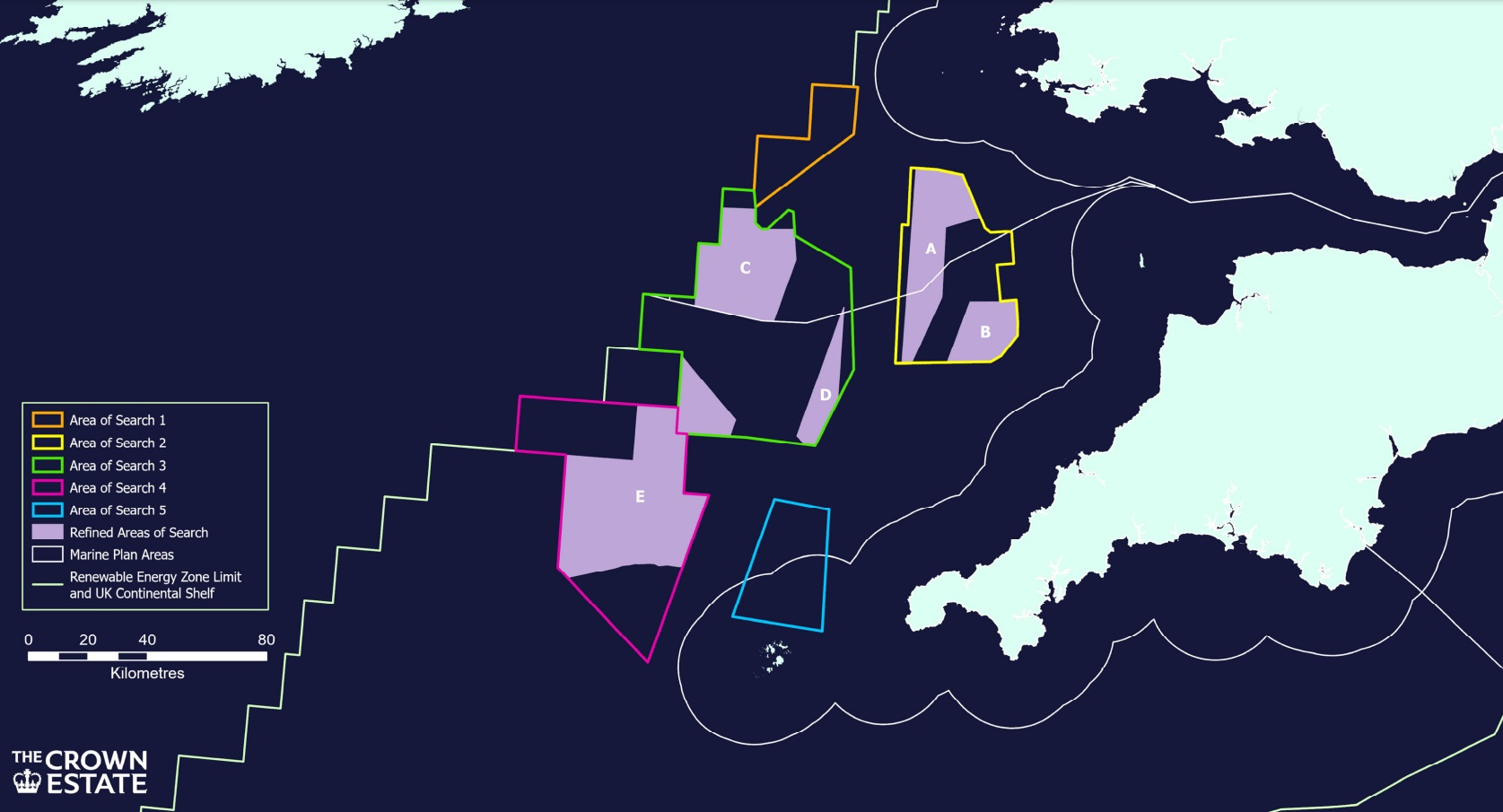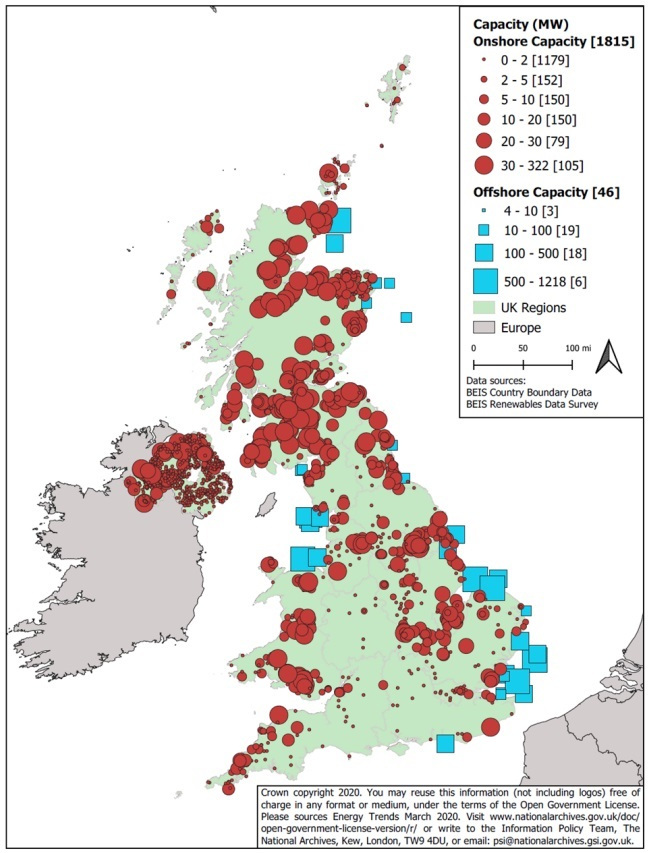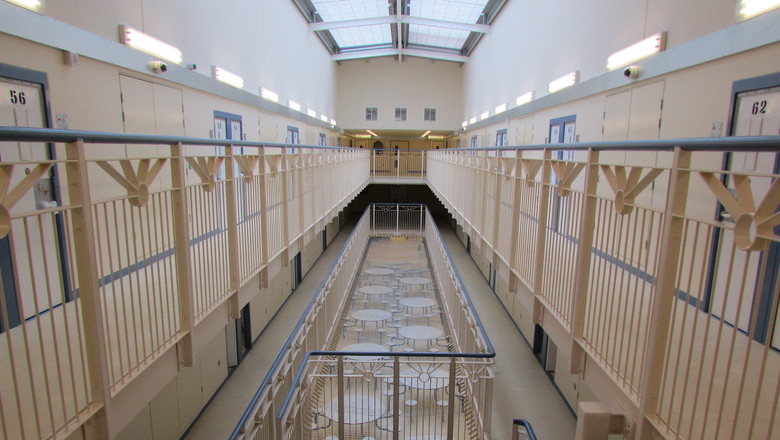News
How Crown Estate surveys will dramatically speed up offshore wind projects

THE CROWN ESTATE has decided to invest in offshore wind surveys in the Celtic Sea, which will help the UK floating wind sector to move towards commercial arrays. It has issued contracts for the first metocean surveys off the southwest coast of England and Wales.
The survey data in the Celtic Sea will cut the cost of bidding into the lease auctions and reduce the number of additional surveys required later in the development process.
This will shorten project timelines and reduce costs.
The UK is looking to install 4 GW of floating wind in the Celtic Sea by 2035, and the recent lease auctions have shown that competition is driving up bid prices. The full survey programme will analyse seabed properties, wind, wave, and current patterns, as well as marine wildlife.
UK Celtic Sea – Refined search areas for offshore wind

The surveys should help developers refine the layouts of arrays and anchor designs, key factors in the scaling up of floating wind projects, Tom Hill, program manager at Marine Energy Wales and chair of the Celtic Sea Developer Alliance, said.
The Crown Estate “has taken a very open, collaborative approach” towards engaging with prospective developers and stakeholders, he said.
Developers will need to demonstrate that they have the financial and technical capability to deliver projects at scale, a spokesperson for the Crown Estate said.
Early access to the data will offer “substantial” cost savings for developers, avoiding the need to recruit internal survey teams, Simpson said.
Developers will be two to three years ahead of where they would have been in metocean and foundation understanding, while access to key bird and mammal data will reduce consenting risks, she said.
In a further boost for developers, the Crown Estate will run the Habitats Regulation Assessment (HRA) process before the auction, Simpson noted. By comparison, the HRA for leases issued in Round 4 auctions in early 2021 was only completed recently, finally allowing the seabed rights to be awarded in January.
UK onshore, offshore wind capacity in 2020

In workshops, developers requested further information in the surveys on potential export cable routes, in line with plans for grid expansions under the U.K.’s Holistic Network Design (HND) 2 review. Led by National Grid ESO, the HND 2 review is due for completion later this year.
Investments in local authorities, power grids and supply infrastructure will be required to ensure Celtic Sea projects are delivered on schedule. Across the UK, local authorities are under-resourced to handle the surge in renewable energy applications expected in the coming years.
Consenting is a major hurdle in Wales as the consenting authority, Natural Resources Wales, “is not currently adequately resourced to handle the volume of applications expected in the coming months,” said Hill.
In addition, grid capacity in Wales needs major investment or “there is a danger developers will choose to go elsewhere”, he said. Proposed grid reinforcements will be set out in the HND 2 review.
An estimated 1 billion pounds ($1.2 billion) of investments in port infrastructure will also be required to assemble and launch floating wind turbines, according to Marine Energy Wales.
No single port in Wales has sufficient water depth, quayside access, assembly and lay-down space, Hill said. Many developers support a multi-port network as sites such as Port Talbot in South Wales are more suitable for construction and assembly, while others, such as the Port of Milford Haven, are more suitable for operations and maintenance (O&M). The ports will likely need to be within 200-250 nautical miles of project sites, according to the Crown Estate.
For the first time, developers will be required to make early commitments to infrastructure. Project partners must provide an investment plan in their lease bids that supports “an internationally competitive supply chain,” the Crown Estate spokesperson said.
This will determine whether participants can proceed to the final stage of the tender, the spokesperson said.
Crime
Swansea man dies weeks after release from troubled HMP Parc: Investigation launched

A SWANSEA man has died just weeks after being released from HMP Parc, the Bridgend prison now at the centre of a national crisis over inmate deaths and post-release failures.
Darren Thomas, aged 52, died on 13 November 2025 — less than a month after leaving custody. The Prisons and Probation Ombudsman (PPO) has confirmed an independent investigation into his death, which is currently listed as “in progress”.
Born on 9 April 1973, Mr Thomas had been under post-release supervision following a period at HMP/YOI Parc, the G4S-run prison that recorded seventeen deaths in custody in 2024 — the highest in the UK.
His last known legal appearance was at Swansea Crown Court in October 2024, where he stood trial accused of making a threatening phone call and two counts of criminal damage. During the hearing, reported by The Pembrokeshire Herald at the time, the court heard he made threats during a heated call on 5 October 2023.
Mr Thomas denied the allegations but was found guilty on all counts. He was sentenced to a custodial term, which led to his imprisonment at HMP Parc.
Parc: A prison in breakdown
HMP Parc has faced sustained criticism throughout 2024 and 2025. A damning unannounced inspection in January found:
- Severe self-harm incidents up 190%
- Violence against staff up 109%
- Synthetic drugs “easily accessible” across wings
- Overcrowding at 108% capacity
In the first three months of 2024 alone, ten men died at Parc — part of a wider cluster of twenty PPO-investigated deaths since 2022. Six occurred within three weeks, all linked to synthetic drug use.
Leaked staff messages in 2025 exposed a culture of indifference, including one officer writing: “Let’s push him to go tomorrow so we can drop him.”
Six G4S employees have been arrested since 2023 in connection with alleged assaults and misconduct.
The danger after release
Deaths shortly after release from custody are a growing national concern. Ministry of Justice data shows 620 people died while under community supervision in 2024–2025, with 62 deaths occurring within 14 days of release.
Short sentences — common at Parc — leave little time for effective rehabilitation or release planning. Homelessness, loss of drug tolerance and untreated mental-health conditions create a high-risk environment for those newly released.
The PPO investigates all such deaths to determine whether prisons or probation failed in their duties. Reports often take 6–12 months and can lead to recommendations.
A system at breaking point
The crisis at Parc reflects wider failures across UK prisons and probation. A July 2025 House of Lords report described the service as “not fit for purpose”. More than 500 people die in custody annually, with campaigners warning that private prisons such as Parc prioritise cost-cutting over care.
The PPO investigation into the death of Darren Thomas continues.
Crime
Woman stabbed partner in Haverfordwest before handing herself in

A WOMAN who stabbed her partner during a drug-fuelled episode walked straight into Haverfordwest Police Station and told officers what she had done, Swansea Crown Court has heard.
Amy Woolston, 22, of Dartmouth Street in Milford Haven, arrived at the station at around 8:00pm on June 13 and said: “I stabbed my ex-partner earlier… he’s alright and he let me walk off,” prosecutor Tom Scapens told the court.
The pair had taken acid together earlier in the day, and Woolston claimed she believed she could feel “stab marks in her back” before the incident.
Police find victim with four wounds
Officers went to the victim’s home to check on him. He was not there at first, but returned shortly afterwards. He appeared sober and told police: “Just a couple of things,” before pointing to injuries on his back.
He had three stab or puncture wounds to his back and another to his bicep.
The victim said that when he arrived home from the shop, Woolston was acting “a bit shifty”. After asking if she was alright, she grabbed something from the windowsill — described as either a knife or a shard of glass — and stabbed him.
He told officers he had “had worse from her before”, did not support a prosecution, and refused to go to hospital.
Defendant has long history of violence
Woolston pleaded guilty to unlawful wounding. The court heard she had amassed 20 previous convictions from 10 court appearances, including assaults, battery, and offences against emergency workers.
Defending, Dyfed Thomas said Woolston had longstanding mental health problems and had been off medication prescribed for paranoid schizophrenia at the time.
“She’s had a difficult upbringing,” he added, saying she was remorseful and now compliant with treatment.
Woolston was jailed for 12 months, but the court heard she has already served the equivalent time on remand and will be released imminently on a 12-month licence.
News
BBC apologises to Herald’s editor for inaccurate story

THE BBC has issued a formal apology and amended a six-year-old article written by BBC Wales Business Correspondent Huw Thomas after its Executive Complaints Unit ruled that the original headline and wording gave an “incorrect impression” that Herald editor Tom Sinclair was personally liable for tens of thousands of pounds in debt.

The 2019 report, originally headlined “Herald newspaper editor Tom Sinclair has £70,000 debts”, has now been changed.
The ECU found: “The wording of the article and its headline could have led readers to form the incorrect impression that the debt was Mr Sinclair’s personal responsibility… In that respect the article failed to meet the BBC’s standards of due accuracy.”
Mr Sinclair said: “I’m grateful to the ECU for the apology and for correcting the personal-liability impression that caused real harm for six years. However, the article still links the debts to ‘the group which publishes The Herald’ when in fact they related to printing companies that were dissolved two years before the Herald was founded in 2013. I have asked the BBC to add that final clarification so the record is completely accurate.”
A formal apology and correction of this kind from the BBC is extremely rare, especially for a story more than six years old.
-

 Crime2 days ago
Crime2 days agoDefendant denies using Sudocrem-covered finger to assault two-month-old baby
-

 Crime2 days ago
Crime2 days agoPembroke rape investigation dropped – one suspect now facing deportation
-

 Crime6 days ago
Crime6 days agoMan denies causing baby’s injuries as police interviews read to jury
-

 News2 days ago
News2 days agoBaby C trial: Mother breaks down in tears in the witness box
-

 Crime2 days ago
Crime2 days agoLifeboat crew member forced to stand down after being assaulted at Milford pub
-

 Crime3 days ago
Crime3 days agoDefendant denies causing injuries to two-month-old baby
-

 Crime3 days ago
Crime3 days agoPembrokeshire haven master admits endangering life after speedboat collision
-

 Crime18 hours ago
Crime18 hours agoMother admits “terrible idea” to let new partner change her baby’s nappies alone

















